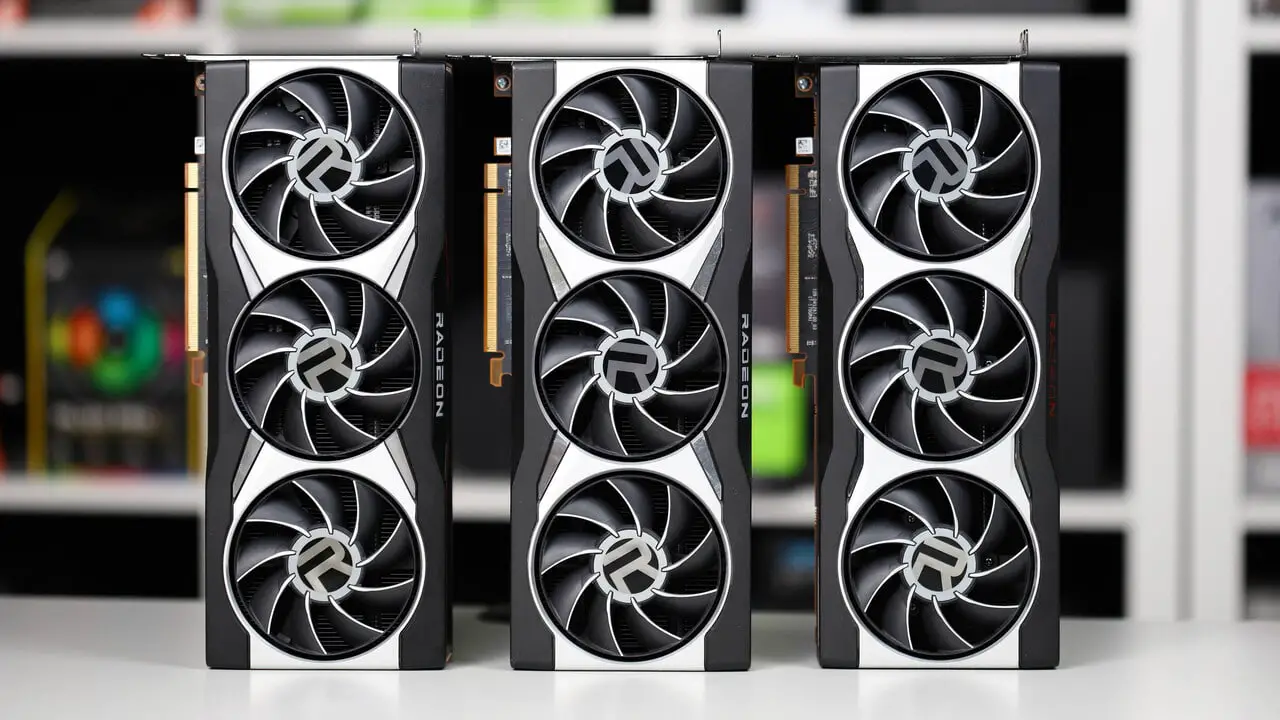AMD SAM on the Radeon RX 6800 XT in the test
Comprehensive benchmarks in Full HD, WQHD and Ultra HD with the latest BIOS versions and drivers on a gaming PC with AMD Radeon RX 6800 XT and Ryzen 9 5950X show: The performance gains through AMD Smart Access Memory (SAM) based on PCIe Resizable BAR are partly clear. No wonder Nvidia will follow suit soon.
With “Smart Access Memory” (SAM), AMD was the first manufacturer to give the Radeon RX 6000 graphics cards with RDNA 2 a function at the start in the 4th quarter of 2020 that has been used as a “Resizable BAR” for a long time in the PCI Express Protocol was available, but has not yet been used. At the beginning it was only supported by Radeon RX 6000 in combination with Ryzen 5000 on motherboards with a correspondingly adapted BIOS.
But AMD has triggered an avalanche with Smart Access Memory. Not only have all motherboard manufacturers approved SAM for boards outside of the AMD recommendations, including Threadripper and with an Intel chipset, Nvidia will also follow suit in March with the GeForce RTX 3000 series – the new GeForce RTX 3000 laptop GPUs supported the function already.
AMD SAM on Ryzen 5000 (Image: AMD)
image 1 from 2
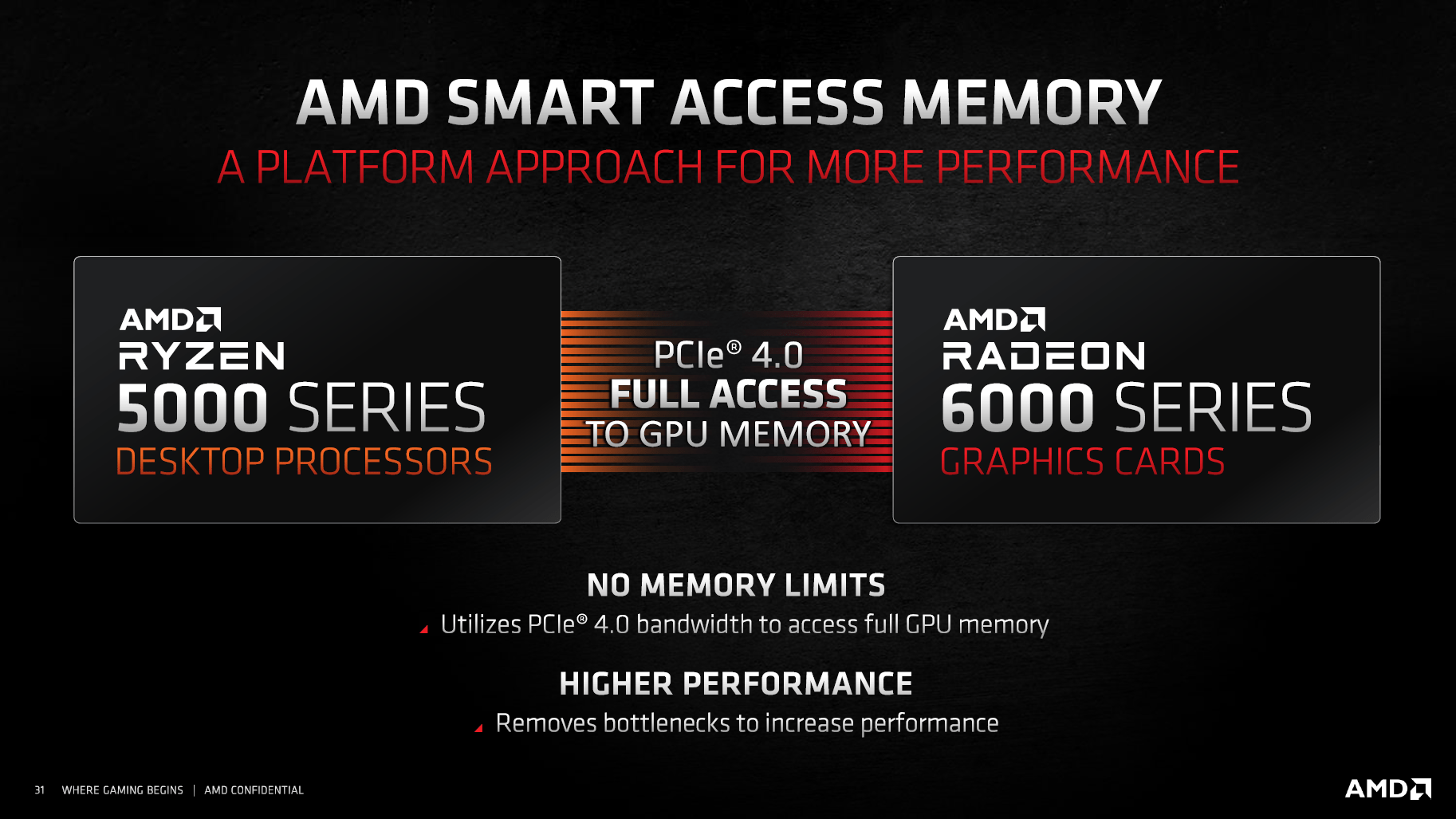
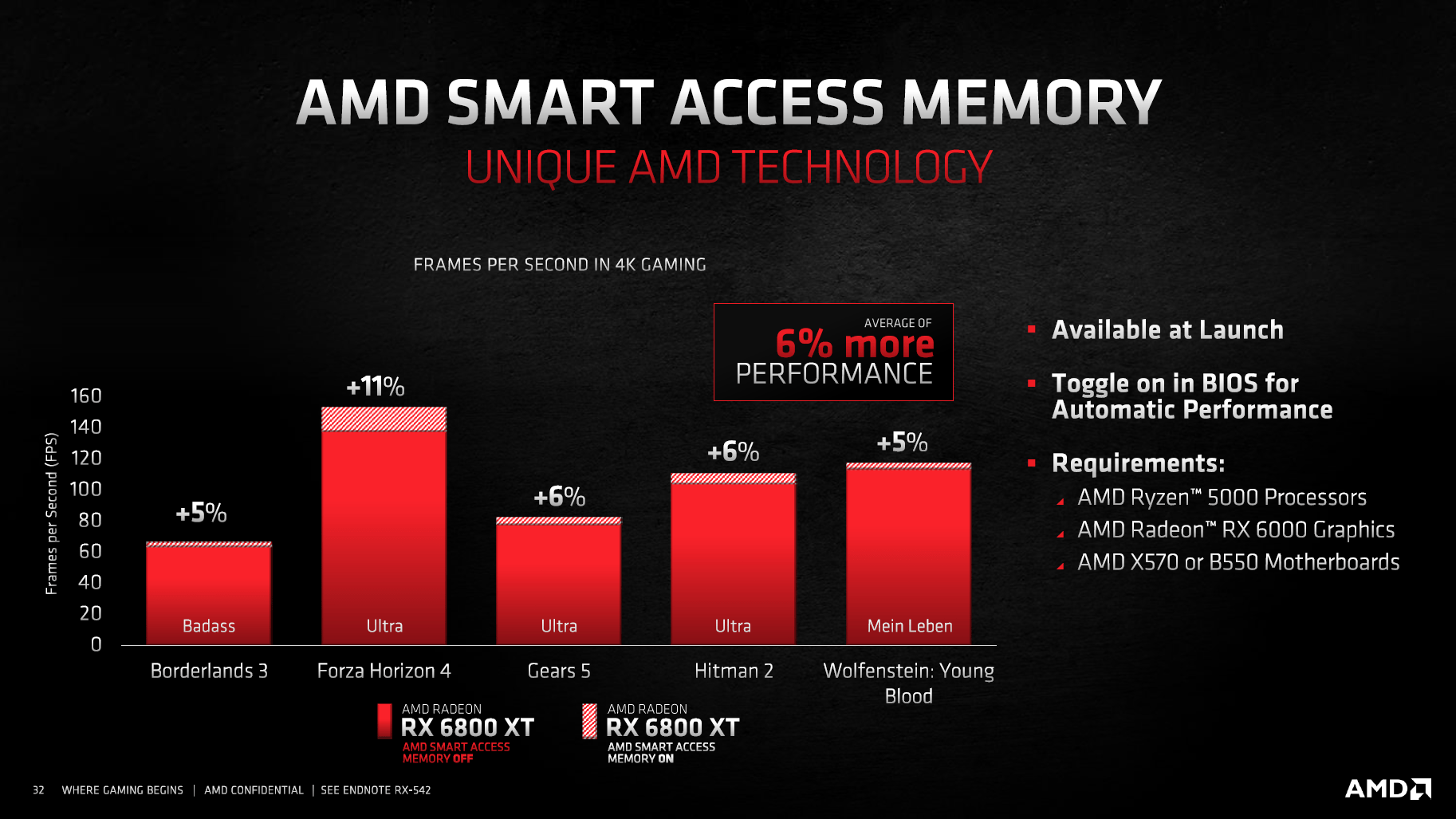
So far, ComputerBase has only looked at SAM in the first test of the Radeon RX 6800 XT and only in a few games in Ultra HD, the gains were not very convincing. And yet all manufacturers are stepping on the gas?
The editorial team’s first extensive benchmarks in more resolutions, more games and with new BIOS versions and drivers provide the reason: In some cases, performance gains from AMD SAM are greater than those achieved by moving to a higher graphics card class.
What is AMD SAM aka PCIe Resizable BAR?
But what exactly is “Smart Access Memory” based on PCIe Resizable BAR? Up until now, the processor could only access 256 MB of the graphics card memory directly and store data there, which the GPU then had access to without having to “slowly” get the data from the RAM. In view of the low capacity of the available address range, the GPU and CPU could hardly benefit from the direct communication channel.
AMD was now the first hardware manufacturer to remove this bottleneck by using a function already implemented in PCI Express. We are talking about Resizable BAR, a standard that was implemented several years ago with the PCIe 3.0 protocol, but has been completely ignored in the Windows world until now. AMD has christened its own implementation of Resizable BAR “Smart Access Memory” (SAM).
With Resizable BAR, the processor can access the entire memory of the graphics card, data is transferred via the PCIe 3.0 or twice as fast PCIe 4.0 interface, and the GPU does not have to go through the main memory.
What are the requirements for AMD SAM?
The implementation was obviously not trivial for AMD, because not only the driver has to support the function, but also the graphics card and the mainboard have to play along via BIOS / firmware.
Nvidia requires new firmware
The firmware is, for example, the reason why Nvidia’s not yet available GeForce RTX 3060 with 12 GB Resizable BAR will be able to support it from day one and the recently released GeForce RTX 3000 laptop GPUs already do it, the “older” GeForce RTX 3090 , GeForce RTX 3080, GeForce RTX 3070 and GeForce RTX 3060 Ti will not follow until March, when a new driver and firmware updates are available. Apparently AMD surprised Nvidia with Resizable BAR, otherwise all GeForce RTX 3000 cards would have loaded an adapted BIOS from day one.
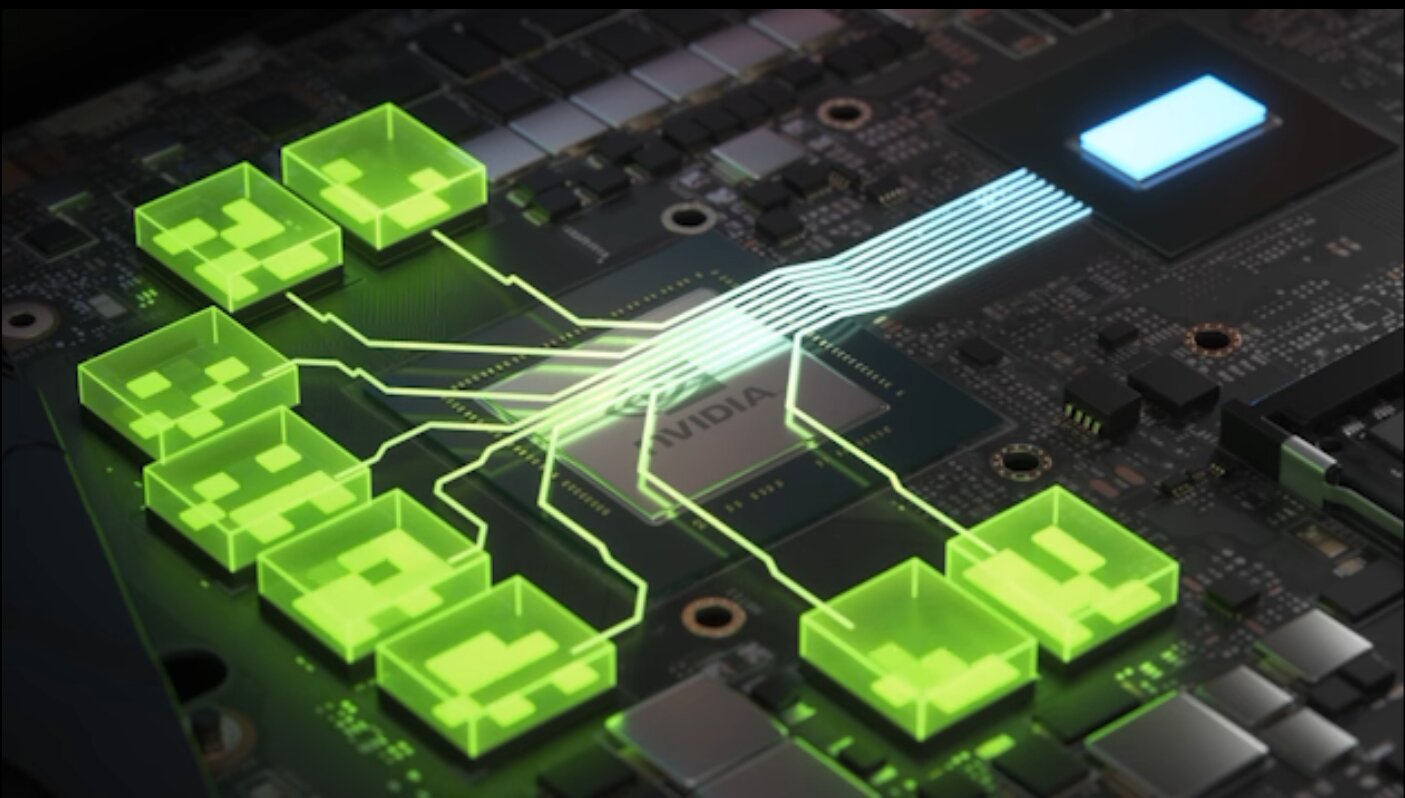
Probably only for RX 6000 and RTX 3000
Nvidia has recently announced Resizable BAR for the Ampere generation, GeForce RTX 2000 and thus Turing will probably not receive any adjustments. AMD currently only speaks of SAM for the Radeon RX 6800, Radeon RX 6800 XT and Radeon RX 6900 XT. Here, too, it seems rather unlikely that the function will officially follow for the older models. In the ComputerBase community, some readers want SAM to run on AMD GPU apart from RDNA 2, but the editors cannot confirm that – an attempt on a Radeon RX 5700 XT failed, the performance did not change.
A suitable motherboard BIOS is also required
In addition to the graphics card, an adapted mainboard BIOS and thus indirectly also a corresponding processor and mainboard chipset are required. Officially, only the Ryzen 5000 CPUs in conjunction with an X570 or a B550 chipset and a new BIOS currently support the feature. However, this is not because other CPUs or mainboards cannot handle SAM. An adapted BIOS was simply missing for the presentation of the Radeon RX 6000 series.
And there is now. Resizable BAR is now supported by numerous older AMD mainboards and various Intel boards are also included. In the meantime, it has become more complicated to find a current motherboard that does not support Resizable BAR, even if it still officially has to be a B550 or X570 model. ComputerBase has not looked at such an unofficial combination, but according to Internet reports, SAM works there at least in general. Experience reports from ComputerBase readers on the subject are welcome in the forum.
Is SAM now active or not?
If a compatible BIOS version has been installed, Resizable BAR must still be activated; the function is currently not active ex works. In a first step it is important that the option “CSM Support” (a compatibility mode for older hardware) is deactivated. This is usually the case, which is good, because CSM cannot be switched off easily on an existing system, as Windows may then no longer start. In addition, the options “Above 4G Decode” and “Resizable Bar Support” must be activated – depending on the manufacturer, the items may be named slightly differently, but they are usually easy to find (in the PCI Express menu items).
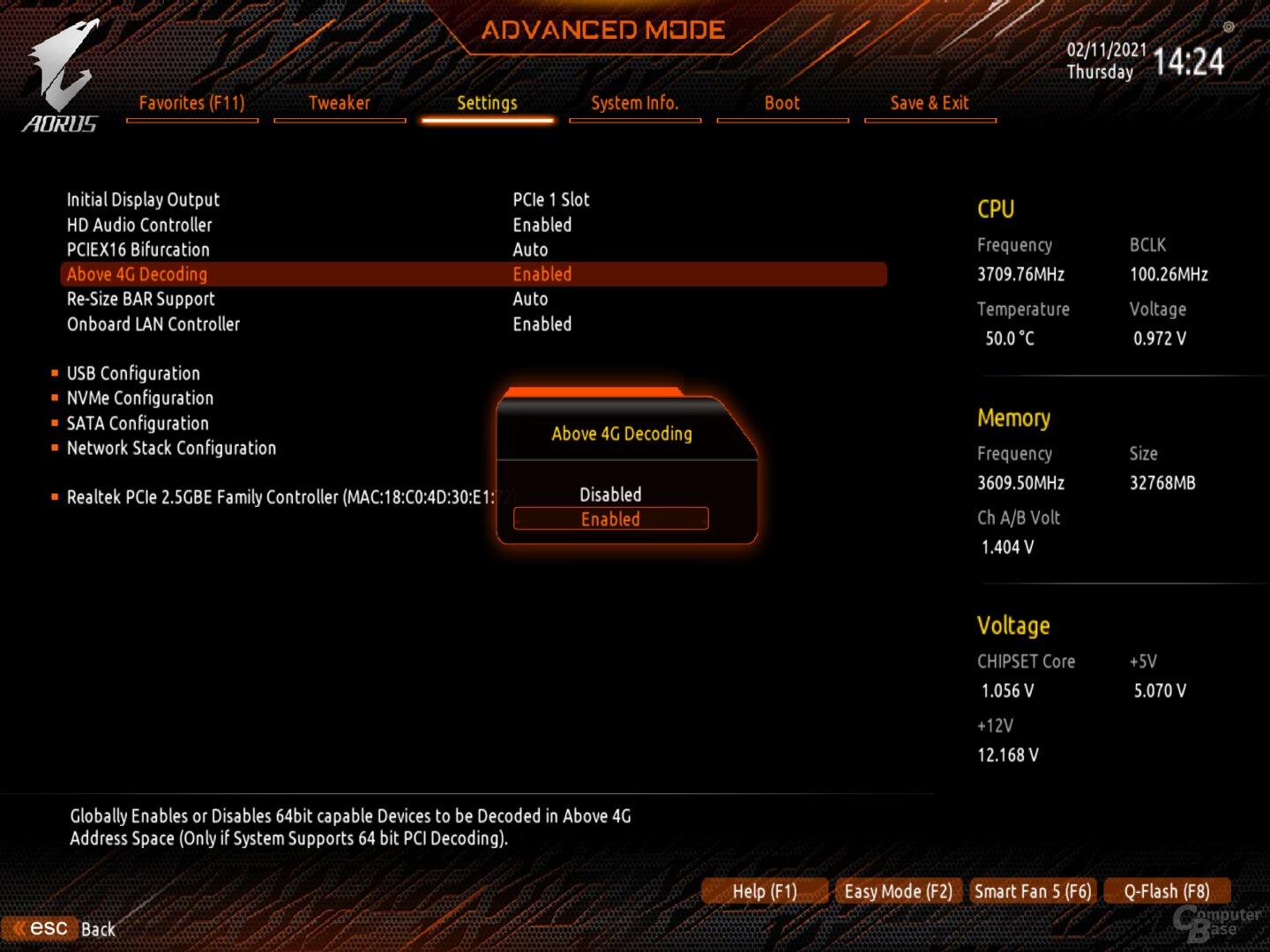
Activate AMD SAM on the Gigabyte B550 Aorus Pro
image 1 from 2


If the function is active in the BIOS, a corresponding graphics card driver only needs to be installed on a compatible graphics card and SAM should start working. But does it also do that? The question is not that easy to answer, because not even AMD’s drivers currently provide an indication of this.
However, if you go to the “Resources” tab in the device manager for the graphics card, you will find a point labeled “Large memory area” under the “Resource type” item when SAM is activated on the system. Without SAM there are only entries with “memory area”.
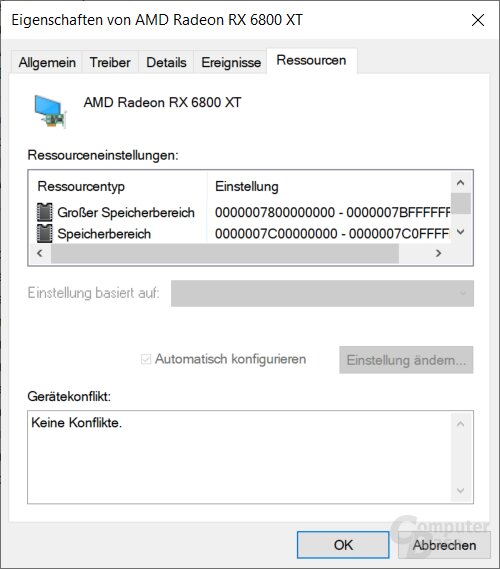
The display is probably only half the story, because even on a Radeon RX-5000 graphics card you will find the entry for the extended memory area on a “SAM system”, but benchmarks show no positive effects on a non-RDNA-2 -Graphic card. In line with this, a tool made available to the editors by AMD indicates that SAM is not active on a Radeon RX 5000.
Now it could of course be that the tool only works correctly with a Radeon RX 6000, but in connection with the benchmark results it is more likely that the device manager can certify general compatibility with Resizable BAR, but nothing more. So it is conceivable that this recognizes that the hardware chain can generally deal with Resizable BAR, but as long as the graphics card driver does not give the final “Go”, there is no Resizable BAR after all. And this is exactly the step that the device manager does not seem to notice.
The graphics card driver plays a major role
The graphics card driver generally plays a major role in Resizable BAR. AMD itself hardly discloses any details, but the implementation is said to have been anything but easy and not a one-off expense. Obviously, constant driver maintenance is necessary, because AMD seems to be working with a whitelist at least at the moment. That means: If a game is not noted on it, SAM remains inactive. According to AMD, there are titles that run slower with SAM than without it – they are therefore not on the whitelist. There is no more precise information as to why this is the case and which games currently work with SAM.
On the next page: Benchmarks with AMD SAM in Full HD, WQHD and Ultra HD and the conclusion





